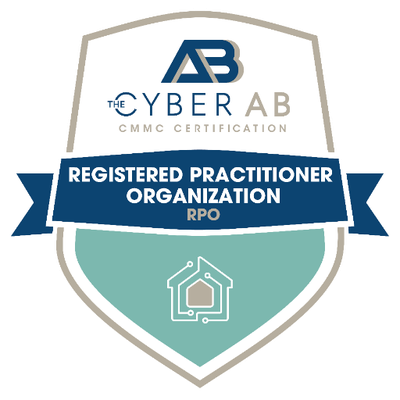In the relentless pursuit of digital resilience, organizations embark on a cybersecurity journey marked by continuous adaptation, innovation, and vigilance. This journey encompasses a multifaceted approach to protect against a myriad of threats, encompassing everything from malicious hacks to sensitive data disclosure and safeguarding the privacy rights of individuals. Let’s explore the essential components of this cybersecurity journey and the imperative for continual compliance.
Protection from Hacks: Building a Robust Defense
At the forefront of the cybersecurity journey lies the imperative to protect against hacks and cyberattacks. This begins with implementing foundational measures such as antivirus software, firewalls, and strong password policies. Additionally, embracing multifactor authentication (MFA) adds an extra layer of security, fortifying access controls and thwarting unauthorized access attempts.
To bolster proactive threat detection and response capabilities, organizations turn to Managed Detection and Response (MDR) services and Security Operations Centers (SOCs) equipped with Security Information and Event Management (SIEM) tools. This integrated approach enables rapid detection, analysis, and mitigation of emerging threats, minimizing the impact of cyber incidents on business operations.
Protection from Sensitive Data Disclosure: Safeguarding Confidentiality
In an era marked by increasing data breaches and regulatory scrutiny, safeguarding sensitive data against disclosure is paramount. Organizations adopt a multi-pronged approach to protect data integrity and confidentiality, leveraging encryption technologies, access controls, and data loss prevention (DLP) solutions.
Enclaves and access control mechanisms segregate and restrict access to sensitive data, ensuring that only authorized personnel can interact with confidential information. Advanced security assessment techniques, coupled with comprehensive risk assessments, enable organizations to identify vulnerabilities and prioritize remediation efforts to mitigate potential data disclosure risks.
Protection for Privacy Rights: Upholding Data Privacy Principles
In today’s regulatory landscape, protecting the privacy rights of individuals is no longer optional—it’s a legal and ethical imperative. Organizations navigate a complex web of regulatory requirements, spanning governance frameworks, cross-border data transfers, and regulatory assessments.
Key components of this privacy-centric approach include providing notice to data subjects regarding data processing activities, implementing robust consent management mechanisms, and facilitating Data Subject Access Requests (DSARs) to uphold individuals’ rights to access and control their personal data.
Moreover, embracing privacy by design principles ensures that privacy considerations are embedded into the design and development of products and services from the outset. Establishing clear policies and procedures for data retention and destruction further reinforces organizations’ commitment to respecting individuals’ privacy rights throughout the data lifecycle.
Continual Compliance: The Cornerstone of Cyber Resilience
In conclusion, the cybersecurity journey is a dynamic and multifaceted endeavor that demands continual adaptation and compliance with evolving threats and regulatory requirements. From protecting against hacks and sensitive data disclosure to upholding privacy rights, organizations must adopt a comprehensive approach to cybersecurity to mitigate risks and safeguard their digital assets.
Continual compliance serves as the cornerstone of cyber resilience, enabling organizations to stay ahead of emerging threats and regulatory changes. By embracing a proactive and integrated approach to cybersecurity, organizations can navigate the complexities of the digital landscape with confidence, resilience, and integrity.





